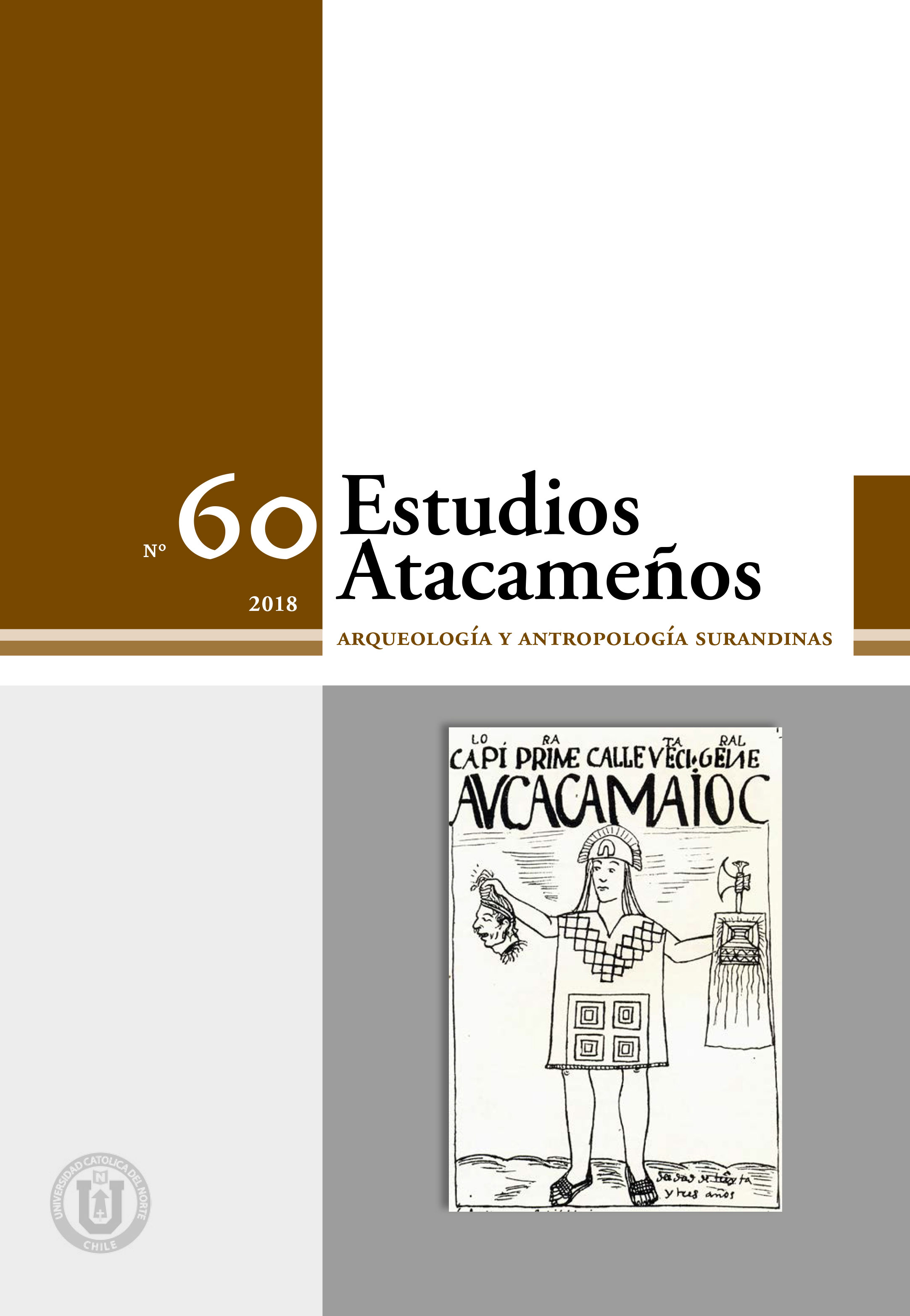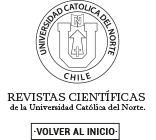Katulongkon: context and cross-cultural background of the symbolism of the head among Reche Mapuche
Keywords:
symbolism, Reche-Mapuche, head, cotraditionAbstract
This paper contextualizes the variants of the symbolism of the head in use among the Reche,
which was the ethnic name for the original inhabitants of southern Chile until the eighteenth
century, today named Mapuche. Information is provided in intracultural terms while exposing its
transcultural background. We explore the ‘semiotic constellations’ associated with this symbolism.
That is, we read series of meaning relationships that make sense to the practice of taking heads
of enemies killed in war, the ritual of beheading the prisoners, the use of their skulls as trophies
and ceremonial instruments, and the preservation or burial of the heads of relatives and brethren
for the reproduction of the social group. The recurrence and persistence of these practices among
Amerindian groups in the Southern Cone, as well as the systems of representations about them,
show the symbolism of the head of the Reche Mapuche as part of a Pan-Andean and Amazonian
cultural pattern. This means that a cotradition around this cultural pattern has developed in this
macro region.
Downloads
Downloads
Published
Issue
Section
License

All works published in Revista Estudios Atacameños (ISSN on line:0718-1043) Revista Estudios Atacameños Creative Commons International 4.0 attribution (CC BY 4.0) licence.
Authors remain the owners of their work and may republish their articles elsewhere without having to request permission, as long as they indicate that the work was originally published in Revista Estudios Atacameños (ISSN on liine:0718-1043).












